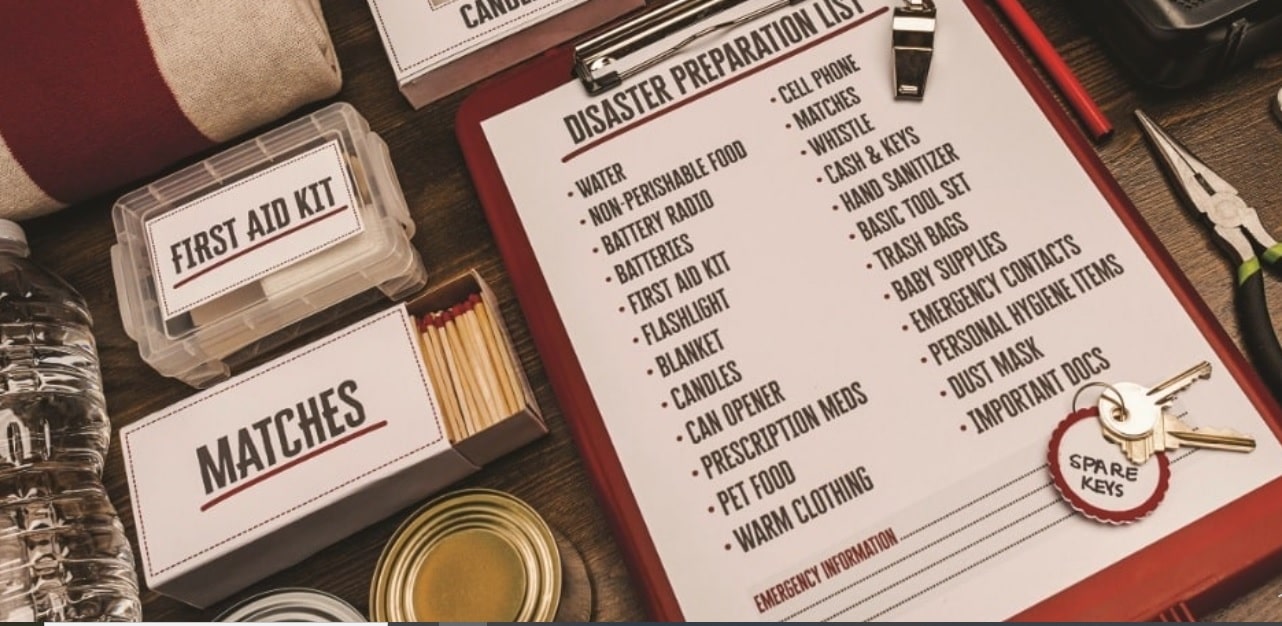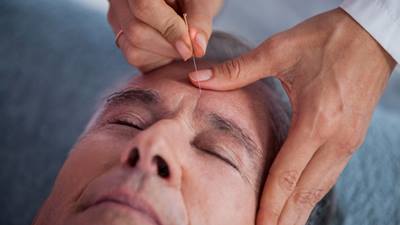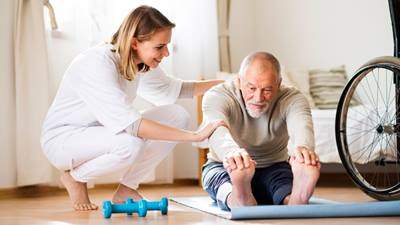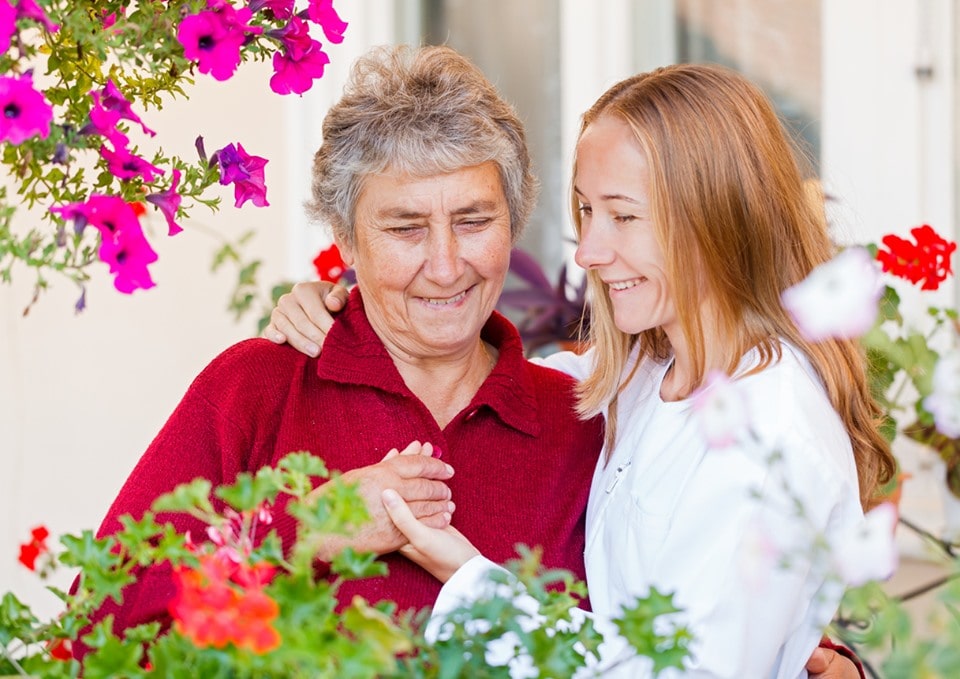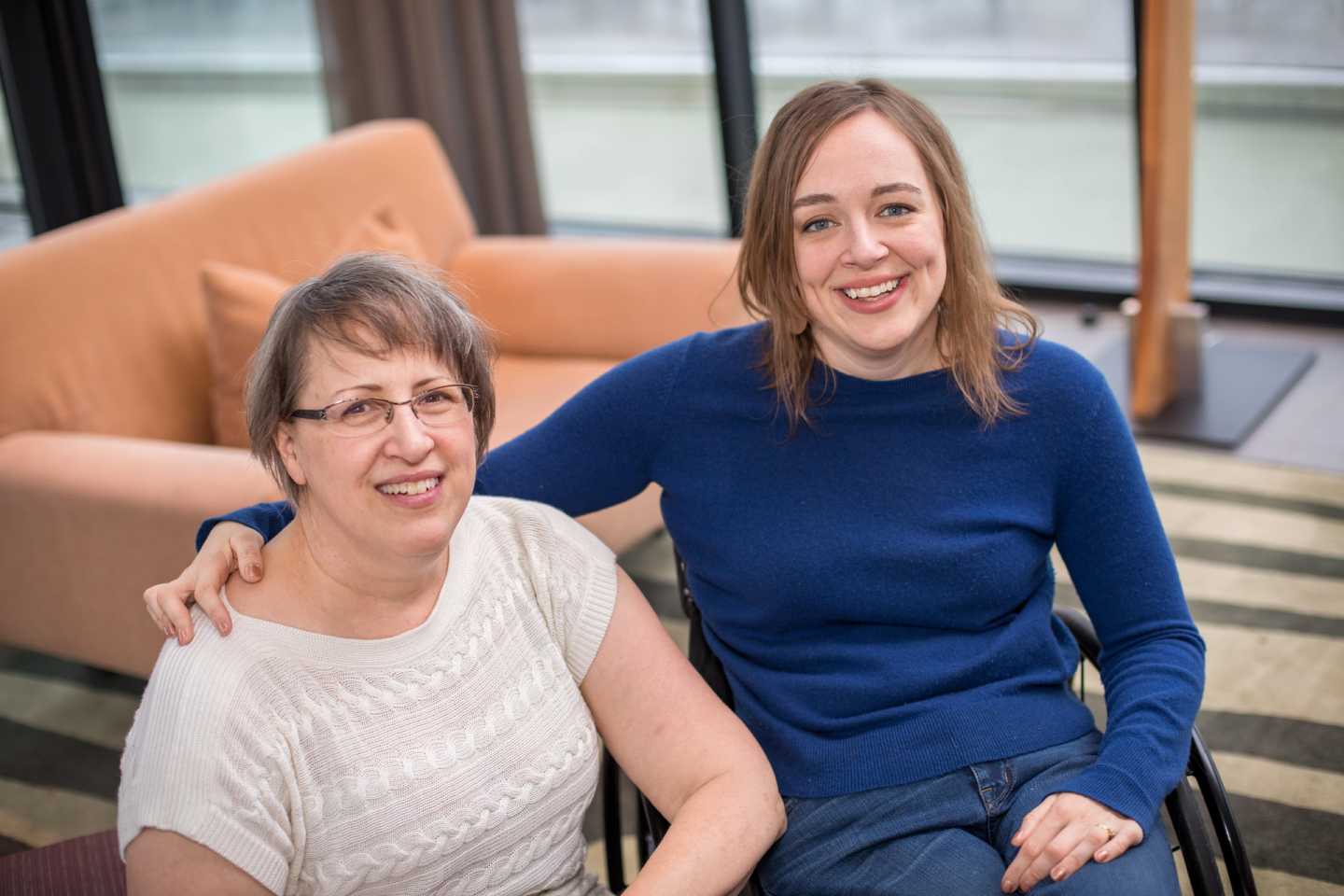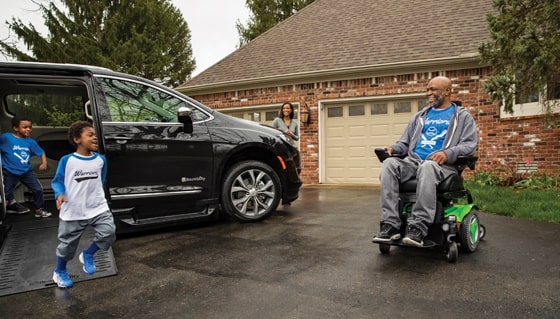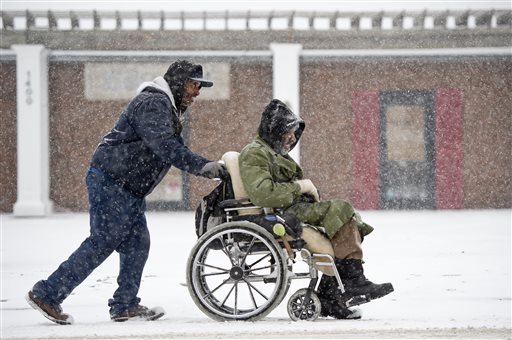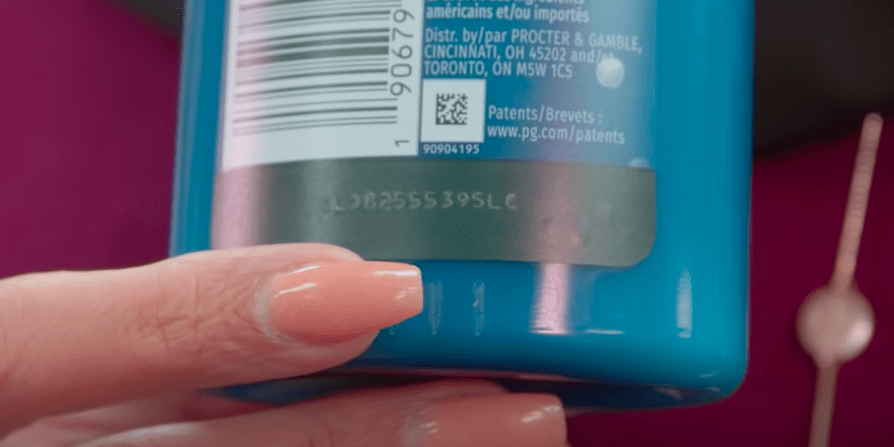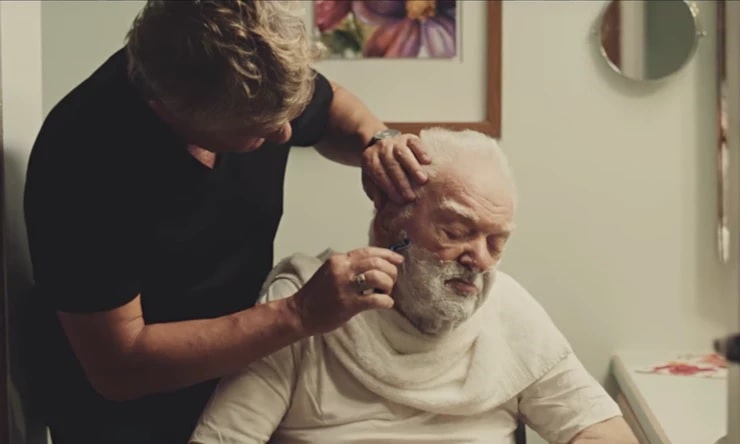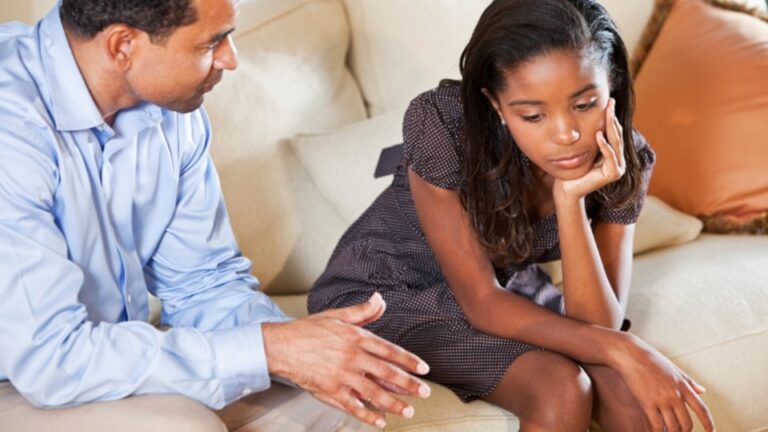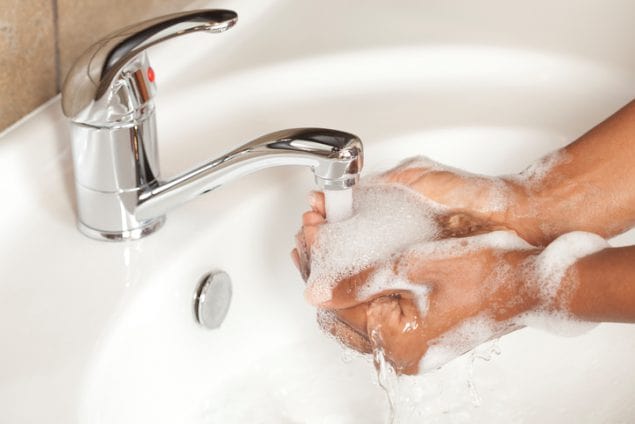Runners of the Akron Children’s Hospital Akron Marathon Race Series Marathon, Half Marathon and Team Relay, presented by FirstEnergy, are set to participate in the first-ever sensory inclusive marathon on Saturday, September 28, 2019, thanks to a partnership with KultureCity.
KultureCity, a leading non-profit with a mission to revolutionize and effect change in the sensory-needs community, will be onsite with their sensory activation vehicle, along with available sensory inclusive toolkits — equipped with noise-canceling headphones, fidget tools, verbal cue cards and weighted lap pads — that will also be available to all guests at the Akron Marathon who may need additional support in the race environment.
To prepare for the partnership, Akron Marathon staff and volunteers will be participating in a certification process to help them support guests and fans with sensory needs and to give them tips on how to handle a sensory overload situation.
Sensory inclusion allows the marathon and its staff to provide a safe space for individuals with autism, PTSD, Parkinson’s disease and early-onset dementia. In the event that a scene becomes too overwhelming, guests can enjoy the morning in a dedicated space designed to ease the mind and calm the senses.
MaryBeth Emerich, a FirstEnergy employee, Akron Marathon volunteer and mom of three sons with autism spectrum disorder (ASD), is thrilled knowing a safe space exists for her children at the marathon she adores.
“I know my sons can now attend this event, thanks to KultureCity’s sensory inclusive help, and I’m aware that this is one more step to raising awareness and full inclusivity in the community,” states MaryBeth Emerich. “This is an amazing event that benefits Akron Children’s Hospital, and with the partnership of KultureCity, we can bring awareness and help include a community that otherwise may not feel comfortable participating or attending. I am so proud to volunteer with FirstEnergy and to represent THRIVE.”
THRIVE is one of the nine FirstEnergy Employee Business Resource Groups (EBRGs). THRIVE’s mission “is to foster an inclusive work environment where employees with physical and mental disabilities and conditions are empowered to be authentic, valued, and respected.” THRIVE also provides support and encouragement for employees who have family members and friends with physical and mental disabilities and conditions.
Prior to attending an event, families can download the free KultureCity App where one can view what sensory features are available and where they can be accessed.
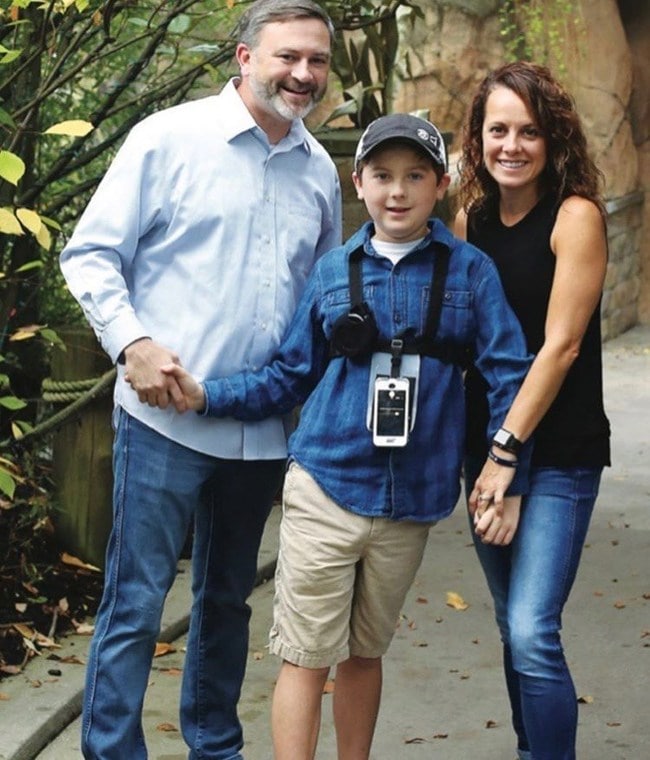
“I believe if you truly want to see change, it starts with you,” states Amy Belles, KultureCity Ohio’s Co-Founder.
In 2016, Amy began running after her nonverbal son was diagnosed with autism. Amy wanted to see change, not only for her son, Carson — but for other children and became a vital part of KultureCity with her husband, Jeff. Since 2016, KultureCity has gone from seven sensory inclusive ventures to more than 400 in four different countries.
“Knowing that all of your loved ones can now be included, feel safe and welcomed motivates my every step,” states Amy. “And having the first marathon be in my hometown of Akron, Ohio makes it that much more special.”
“In the Northeast Ohio running community, inclusion and support are pillars of our foundation,” states Anne Bitong, Executive Director, of the Akron Marathon Charitable Corporation. “Runners cheer for each other, run back to ensure a stranger can cross a finish line—and now for the first time in the county—runners and spectators of all abilities are not only encouraged to attend but will feel intentionally welcomed.”
This year, the Akron Marathon team will host more than 15,000 runners across its 2019 events all supporting Akron Children’s Hospital. Runners looking for a deeper level of engagement with the hospital can join the race as a Children’s Champion, a race participant committed to raising $250 to $1,000 for Akron Children’s Hospital. For more information, race registration and volunteer opportunities for the final race series event, please visit at AkronMarathon.org.
Source: Akron Marathon Charitable Corporation (via PRnewswire)







